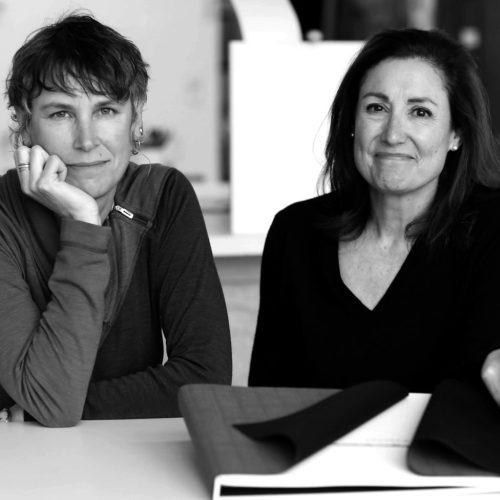Theorem
Our edges touched. Our stories abutted.
The same light struck us at different times.
When the body meets geometry meets the world’s edges, what uncertainties emerge? Theorem is both question and answer, proposition and proof. Accompanied by luminescent images that complicate and dissect the speaker’s voice, this collaboration is a glorious meditation on what it means to hold secrets across time and space.
Praise for Theorem
Theorem is a radiant example of how we do not go to art for information or even knowledge, but to rock back on our heels before something fully itself, something real and full of wonder, despite its careful elisions of detail.
Han VanderHart, EcoTheo Review
The saturated page makes me feel like I’ve just finished a long walk… Bradfield’s recollection of time and Contro’s smart drawings propel readers into a contemplation of the self. I found myself sighing, stopping and reflecting, radiating, and by the end of it, I felt—most importantly—at ease.
S. Nicole Lane, Chicago Reader
Entering the pages of Theorem, its risky business of collaboration, where the lyrical reaches of language alternate with the curious powers of visual art, one delights (and delights, and delights), in the book’s mystery and control; its structure and freedom; an extended, five-section exercise in restraint, simplicity, and the open-ended investigation of the self.
Kirsten Andersen, Provincetown Arts, 2020
Books about self-discovery often culminate in a revelation, which readers may find temporarily satisfying. But what happens after that? In Theorem, Bradfield’s words and Contro’s images open up another possibility. The revelation is not in arrive at a destination but in beginning to map the journey, as well as in recognizing that one’s perspective of past events changes as time goes by. This is the enigma of being alive and alert. This is what Theorem offers the willing reader—a place to return to in order to set out again and see what has changed.
John Yau, Poet, critic, curator

